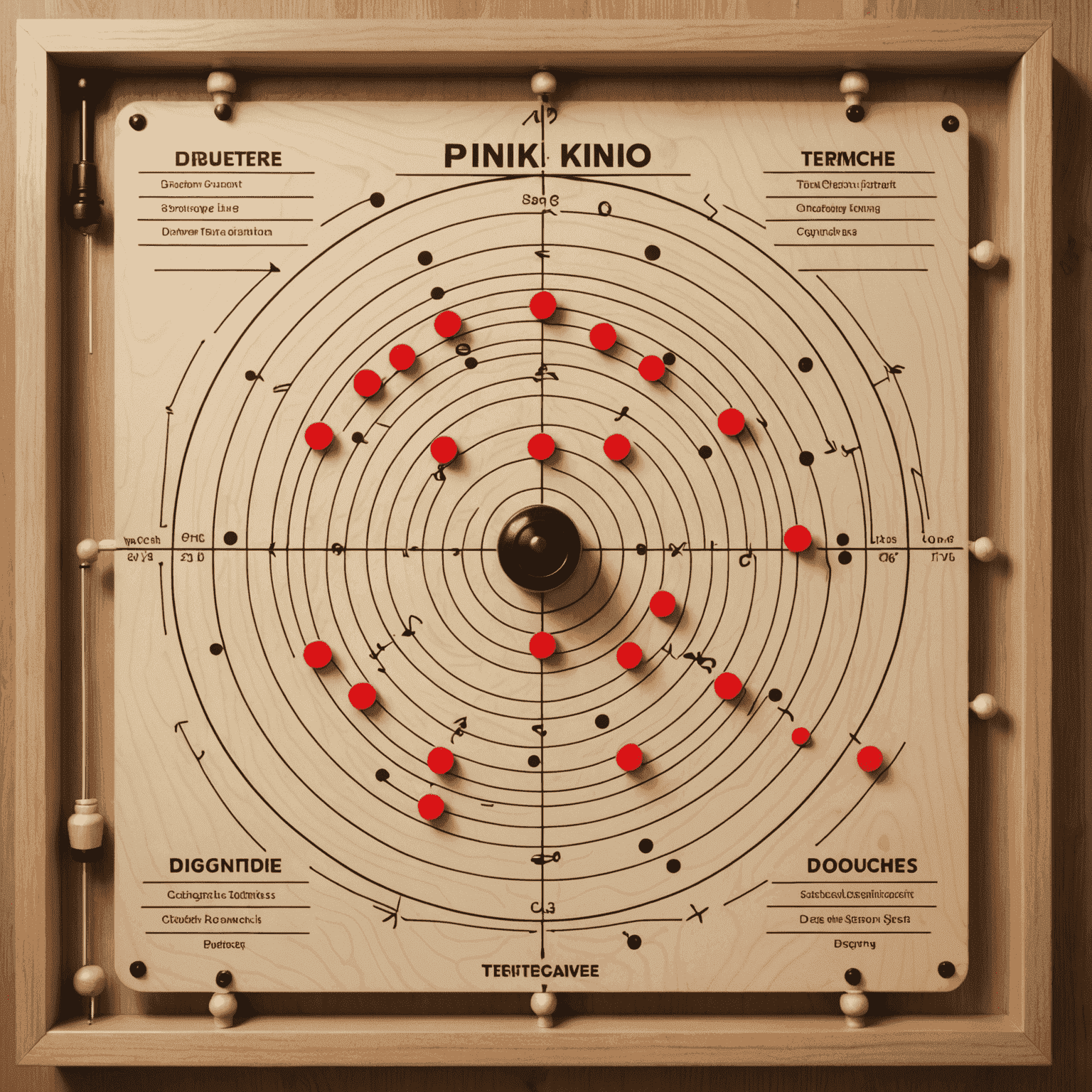Plinko Strategies: Maximizing Your Chances

Whether you're a casual player or aiming for competitive success, mastering Plinko requires a blend of strategy, timing, and a bit of luck. In this guide, we'll explore various techniques to improve your odds and elevate your Plinko game.
Understanding the Basics
Before diving into advanced strategies, it's crucial to grasp the fundamentals of Plinko:
- The Plinko board typically consists of a triangular peg board with openings at the bottom.
- Players drop discs from the top, which bounce off pegs as they descend.
- The goal is to land your disc in high-value pockets at the bottom.
Drop Zone Selection
One of the most critical aspects of Plinko strategy is choosing the right drop zone:
- Center Drop: Aiming for the center can provide a balanced approach, increasing your chances of landing in middle-value positions.
- Edge Drop: Dropping near the edges can be high-risk, high-reward, potentially leading to extreme outer positions.
- Quarter-Board Drop: Dropping at the 1/4 or 3/4 mark of the board can offer a good balance between risk and reward.

Timing and Rhythm
While Plinko involves a significant element of chance, some players swear by timing techniques:
- Observe the board's "rhythm" and try to time your drops accordingly.
- Some believe that dropping discs in a steady rhythm can influence their path.
- Practice consistent dropping technique to improve your control.
Board Analysis
Before playing, take a moment to analyze the Plinko board:
- Look for any slight tilts or imperfections that might influence disc movement.
- Observe patterns from previous drops to identify "hot" and "cold" zones.
- Pay attention to the distribution of high-value positions at the bottom.
Psychological Strategies
In competitive Plinko, psychological factors can play a role:
- Stay calm and focused, avoiding emotional decisions after wins or losses.
- Don't be afraid to switch up your strategy if one approach isn't working.
- Observe your opponents' strategies and adapt accordingly.
Practice Makes Perfect
Like any game, improving at Plinko requires practice:
- Set up a practice board at home or use online Plinko simulators.
- Experiment with different drop techniques and zones.
- Keep a log of your results to identify patterns and improve your strategy.

Conclusion
While Plinko will always involve an element of chance, employing these strategies can help tilt the odds in your favor. Remember, the key to success in Plinko is a combination of smart decision-making, consistent practice, and the ability to adapt your strategy on the fly. Whether you're playing for fun with friends or aiming for the top prize in a Plinko tournament, these techniques will serve you well on your journey to becoming a Plinko master.
Ready to put these strategies to the test? Gather your friends, set up your Plinko board, and let the games begin! Remember, Plinko is not just about succeeding – it's about the joy of playing and the thrill of watching those discs bounce their way to glory.